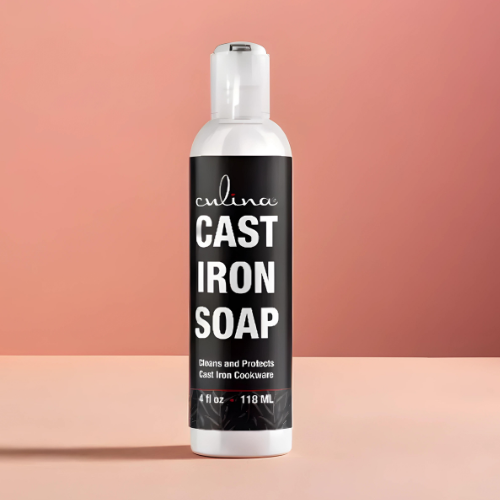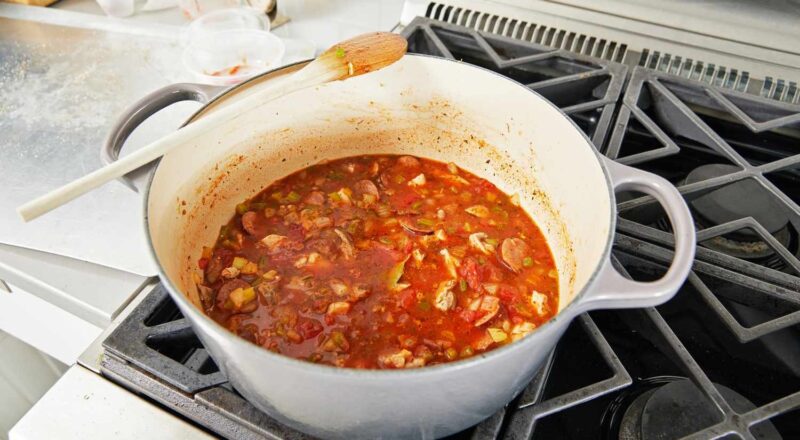Introduction
If you’ve spent any time in the kitchen, you’ve likely heard of stock pots and Dutch ovens. But what is a stock pot or Dutch oven, and what makes them indispensable in the kitchen? In this article, we’ll delve deep into the attributes, uses, and differences of these essential cooking vessels, providing a full understanding of their functionalities.

History of Stock Pots and Dutch Ovens
The roots of stock pots and Dutch ovens date back centuries. While both have evolved, their core purpose remains the same: providing a versatile and effective means to cook large quantities of food.
The Stock Pot
The stock pot’s history traces back to ancient times when large metal pots were used for communal cooking. These pots were primarily made from cast iron and have evolved to include various materials, such as stainless steel and aluminum.
The Dutch Oven
Similarly, the Dutch oven has a long lineage. Named after the Dutch traders who perfected the method of casting metal, the Dutch oven’s robust design made it a kitchen staple. In the 18th century, these versatile pots spread across Europe and America.
:max_bytes(150000):strip_icc()/Web_1500-Testing-LeCreuset7.25QuartRoundDutchOven-16-WillDickey-1238-272-39e8c8ce0ce742f89c02f23acbee4664.jpg)
Design and Features
Stock Pot
Stock pots are typically tall and cylindrical, designed to handle large volumes of liquid. They usually come with two side handles for easy transportation and a tight-fitting lid to retain moisture.
Dutch Oven
In contrast, Dutch ovens are shorter but thicker and more robust. They are typically equipped with heavy, tight-fitting lids and side handles, perfect for slow cooking and braising.

Material and Durability
Stock Pot Materials
Stock pots are commonly made from stainless steel, aluminum, or copper. These materials provide good heat conductivity and are lightweight, making them easy to handle. Some high-end stock pots also feature an aluminum core for better heat distribution.
Dutch Oven Materials
Dutch ovens are generally made from cast iron, which retains and distributes heat uniformly. Many have enameled surfaces, making them easier to clean and more aesthetically pleasing.
Uses and Performance
Stock Pots
The primary use of a stock pot is making stock or broth, which requires long simmering times. They are also ideal for cooking pasta, soups, and stews.
Dutch Ovens
Dutch ovens, on the other hand, shine in making stews, braised dishes, and even baking bread. Their superior heat retention makes them perfect for slow cooking and roasting.
Versatility in Cooking
Why Choose a Stock Pot?
If you are cooking for large gatherings or need to prepare a significant amount of liquid-based recipes, a stock pot is your go-to kitchen tool.
Why Choose a Dutch Oven?
For those who enjoy making rich, flavorful dishes that require slow cooking, a Dutch oven is indispensable. Its also perfect for baking crusty artisan bread.
Popular Brands
Stock Pot Brands
Brands like All-Clad, Cuisinart, and Calphalon are known for their high-quality stock pots, ensuring durability and excellent performance.
Dutch Oven Brands
Le Creuset, Staub, and Lodge are renowned for their Dutch ovens, prized for their superior craftsmanship and ability to last generations.
Maintenance and Care
Cleaning Your Stock Pot
Most stock pots are dishwasher safe, but its crucial to follow the manufacturers instructions. Regular cleaning and proper storage will keep your stock pot in top condition.
Cleaning Your Dutch Oven
Due to their heavy construction and often enameled surfaces, Dutch ovens require careful cleaning. Avoid using metal utensils that could scratch the surface. For more details, you can follow this guide.
Common Mistakes and How to Avoid Them
Stock Pot Mistakes
One common mistake is using too high a heat, which can cause burning. Always start with medium heat and adjust as necessary.
Dutch Oven Mistakes
A widespread error with Dutch ovens is not preheating them before use. Always preheat your Dutch oven to ensure even cooking.
Faq Section
1. What is the main difference between a stock pot and a Dutch oven?
The primary difference is their shape and material. Stock pots are tall and typically made from stainless steel or aluminum, whereas Dutch ovens are shorter, thicker, and usually made from cast iron.
2. Can I use a Dutch oven instead of a stock pot?
Yes, you can use a Dutch oven for many recipes that require a stock pot. However, the cooking times and results may vary due to the difference in material and heat retention.
3. Are Dutch ovens dishwasher safe?
Not all Dutch ovens are dishwasher safe, especially those made from cast iron. Its best to hand-wash them to extend their lifespan.
Conclusion
Understanding what a stock pot or Dutch oven is can significantly enhance your cooking experience. Both types of cookware offer unique advantages that make them worth having in your kitchen. Whether you are making a large batch of soup in a stock pot or baking bread in a Dutch oven, choosing the right tool can make all the difference. For more information on cleaning these essential kitchen tools, consider checking out this link. Additionally, learn how to cook pot roast in a Dutch oven here. For tips on cleaning, visit this guide. Finally, explore how to make bread in a Dutch oven here. Happy cooking!
As an Amazon Associate, I earn from qualifying purchases.

